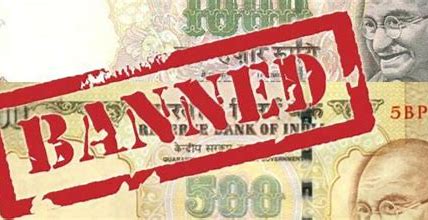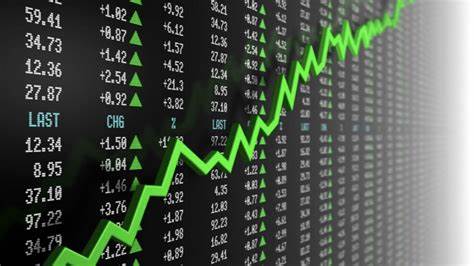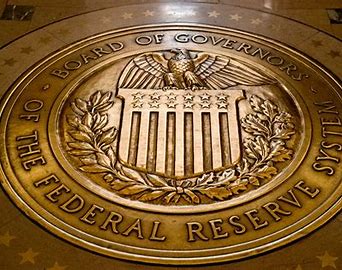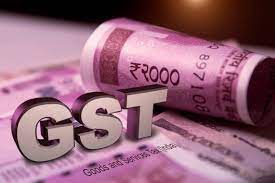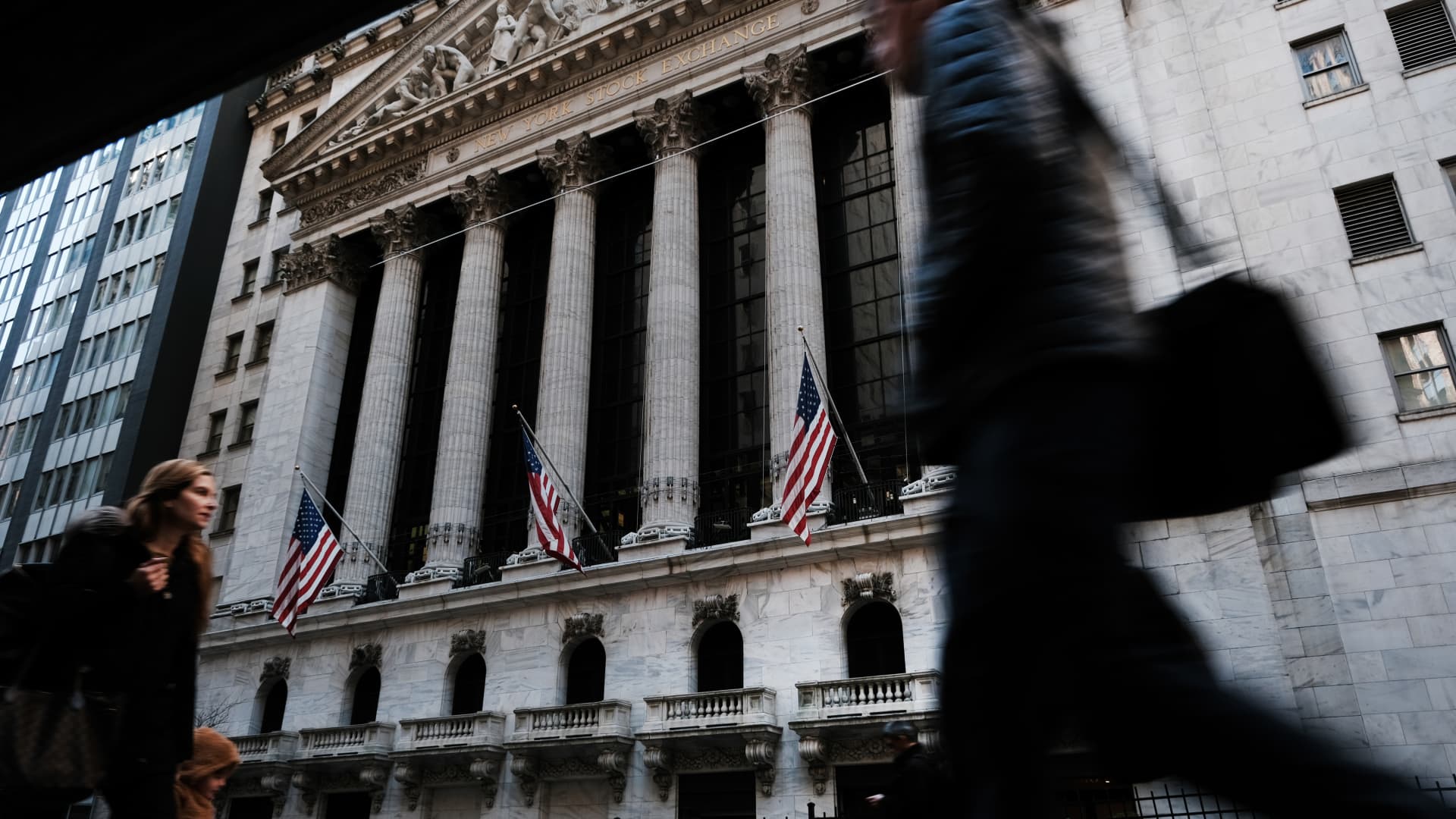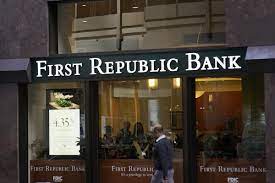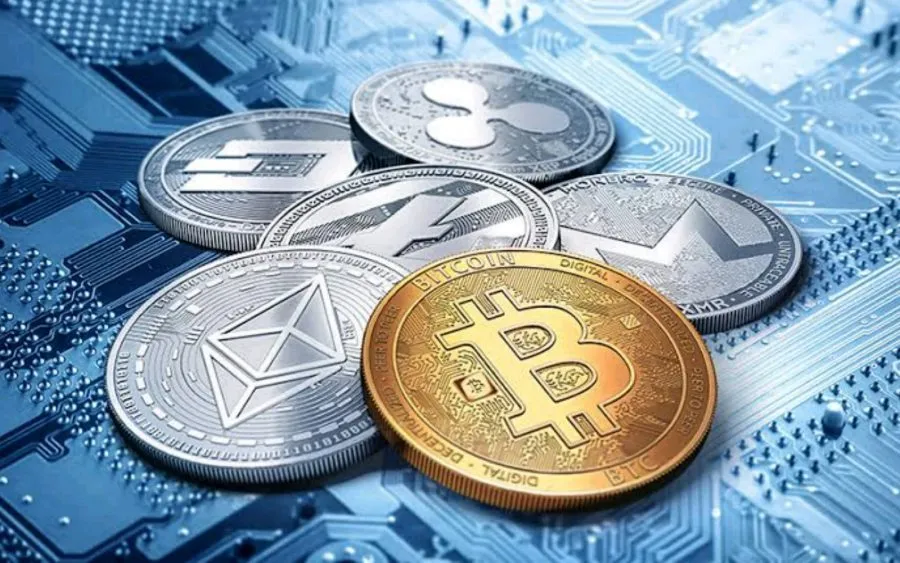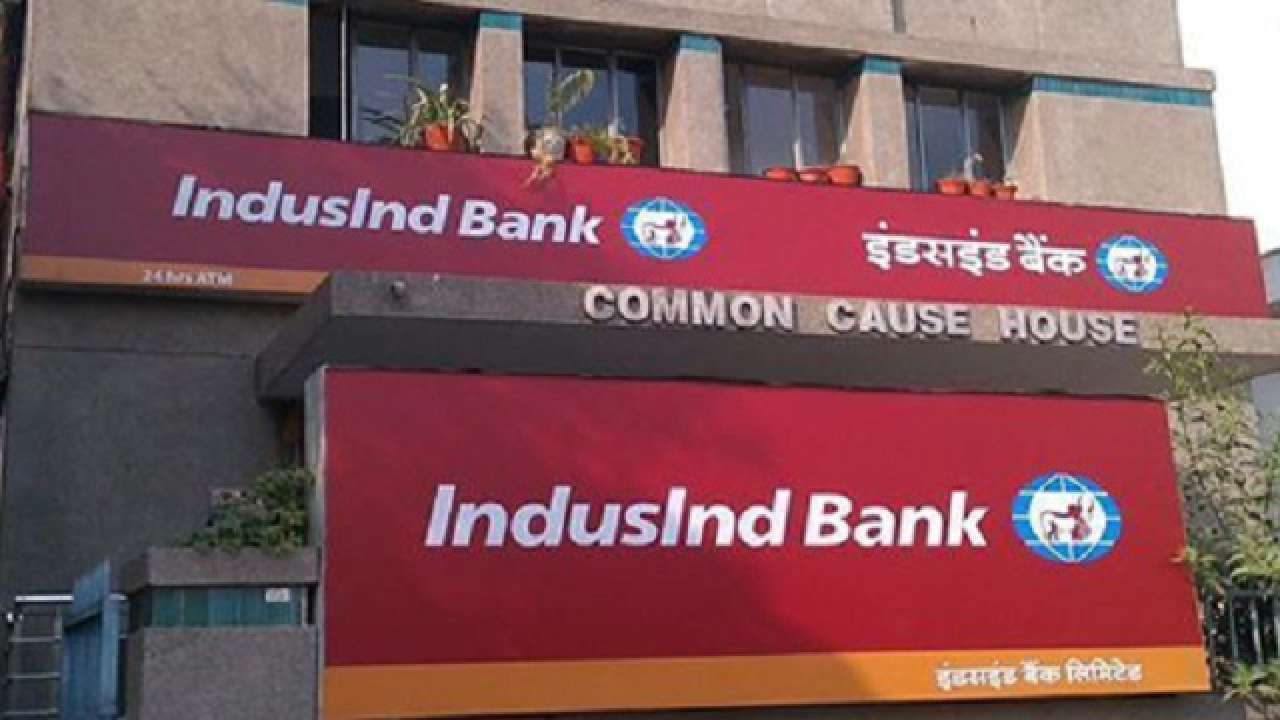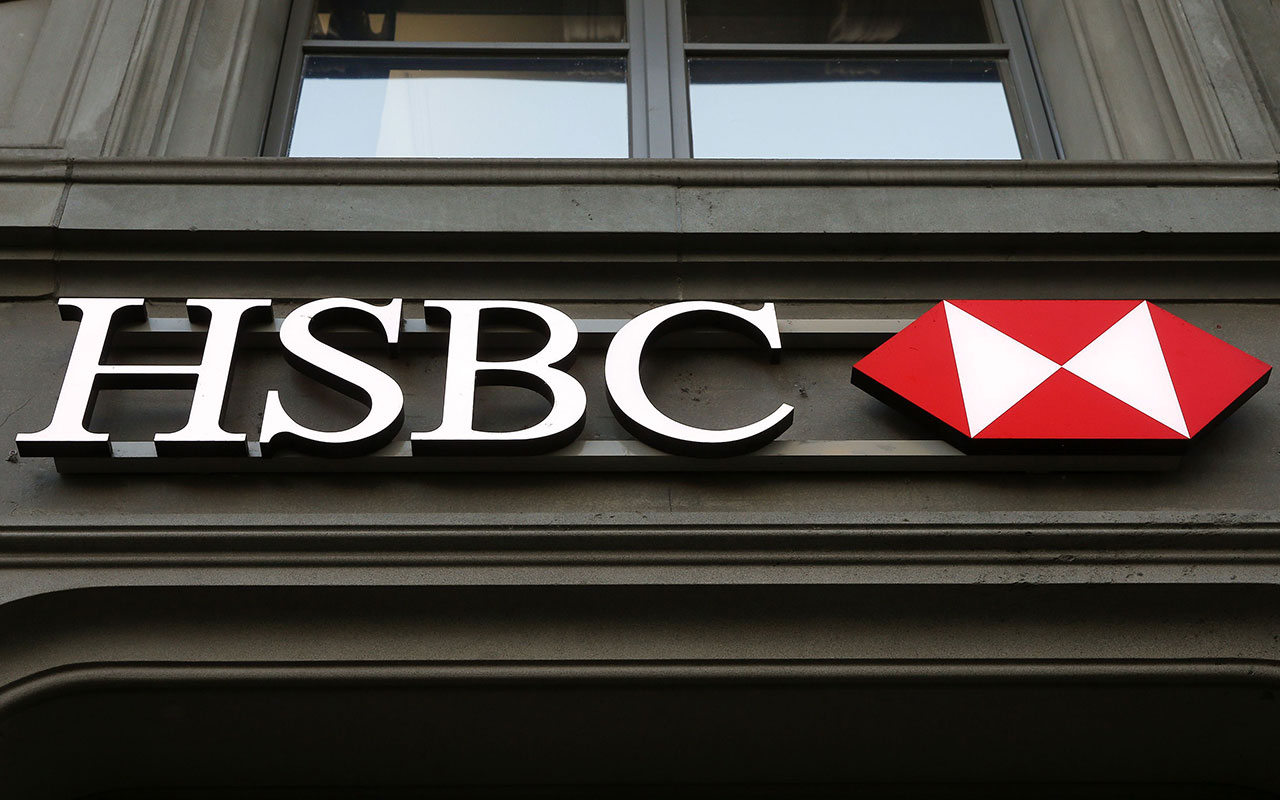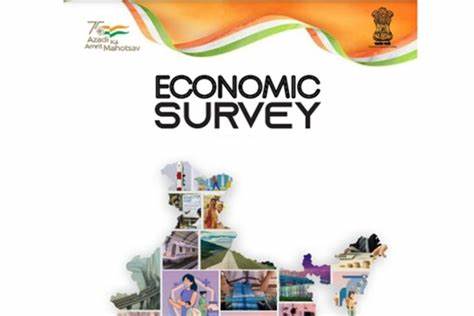
Economic Survey 2022-23 Highlights
- Admin
Key Highlights
- Economic survey pegs India's GDP growth at 6-6.8% in FY23-24
- Indian economy staging a broad based recovery across sectors, positioning to ascend to pre-pandemic growth path in FY23 Retail inflation is back within RBI's target range in November 2022
- Direct Tax collections for the period April-November 2022 remains buoyant Enhanced Employment generation seen in the declining urban unemployment rate and in the faster net registration in Employee Provident Fund
- Cleaner balance sheets led to enhanced lending by financial institutions Growth in credit offtake, increased private capex to usher virtuous investment cycle
- Non-food credit offtake by Scheduled Commercial Banks growing in double digits since April 2022 Gross Non-Performing Assets (GNPA) ratio of SCBs has fallen to a seven-year low of 5.0
- Social sector expenditure (Centre and States combined) increases to Rs. 21.3 lakh crore in FY23 (BE) from Rs. 9.1 lakh crore in FY16 Central and State Government’s budgeted expenditure on health sector touched 2.1% of GDP in FY23 (BE) and 2.2% in FY22 (RE) against 1.6% in FY21
- Survey highlights the findings of the 2022 report of the UNDP on Multidimensional Poverty Index which says that 41.5 crore people exit poverty in India between 2005-06 and 2019-20
- National Green Hydrogen Mission to enable India to be energy independent by 2047
- Private investment in agriculture increases to 9.3% in 2020-21 Free foodgrains to 81.4 crore beneficiaries under the National Food Security Act for one year About 11.3 crore farmers were covered under PM KISAN in its April-July 2022-23 payment cycle
- Investment of ₹47,500 crores under the PLI schemes in FY22- 106% of the designated target for the year India’s e-commerce market is projected to grow at 18 per cent annually through 2025
- Merchandise exports of US$ 332.8 billion for April-December 2022 India is the largest recipient of remittances globally receiving US$ 100 billion in 2022
- UPI-based transactions grew in value (121 per cent) and volume (115 per cent) terms, between 2019-2022, paving the way for its international adoption
- The Capital Expenditure of Central Govt and private Capex led by strengthening of the balance sheets of the Corporates is one of the growth driver of the Indian economy in the current year. The credit growth to the MSME sector was over 30.6% on average during Jan-Nov 2022.
- Retail inflation is back within RBI's target range in November 2022. Indian Rupee performed well compared to other Emerging Market Economies in Apr-Dec2022. Direct Tax collections for the period April-November 2022 remain buoyant.
- Indian economy well placed to grow faster in the coming decade once the global shocks of the pandemic and the spike in commodity prices in 2022 fade away.
- With improved and healthier balance sheets of the banking, non-banking and corporate sectors, a fresh credit cycle has already begun, evident from the double-digit growth in bank credit over the past months.
- Indian economy has also started benefiting from the efficiency gains resulting from greater formalisation, higher financial inclusion, and economic opportunities created by digital technology-based economic reforms.
- Union Government finances have shown a resilient performance during the year FY23, facilitated by the recovery in economic activity, buoyancy in revenues from direct taxes and GST, and realistic assumptions in the Budget.
- The Gross Tax Revenue registered a YoY growth of 15.5 per cent from April to November 2022, driven by robust growth in the direct taxes and Goods and Services Tax (GST). Growth in direct taxes during the first 8 months of the year much higher than corresp. longer-term averages.
- GST has stabilised as a vital revenue source for central and state governments, with the gross GST collections increasing at 24.8 per cent on YoY basis from April to December 2022.
- Union Government's emphasis on capital expenditure (Capex) has continued despite higher revenue expenditure requirements during the year. The Centre's Capex has steadily increased from a long-term average of 1.7 per cent of GDP (FY09 to FY20) to 2.5 per cent of GDP in FY22 PA.
- The Centre has also incentivised the State Governments through interest-free loans and enhanced borrowing ceilings to prioritise their spending on Capex.
- With an emphasis on infrastructure-intensive sectors like roads and highways, railways, and housing and urban affairs, the increase in Capex has large-scale positive implications for medium-term growth.
- The Government’s Capex-led growth strategy will enable India to keep the growth-interest rate differential positive, leading to a sustainable debt to GDP in the medium run.
- Monetary Management and Financial Intermediation: A Good Year The RBI initiated its monetary tightening cycle in April 2022 and has since raised the repo rate by 225 bps, leading to moderation of surplus liquidity conditions.
- Cleaner balance sheets led to enhanced lending by financial institutions. The growth in credit offtake is expected to sustain, and combined with a pick-up in private capex, will usher in a virtuous investment cycle.


